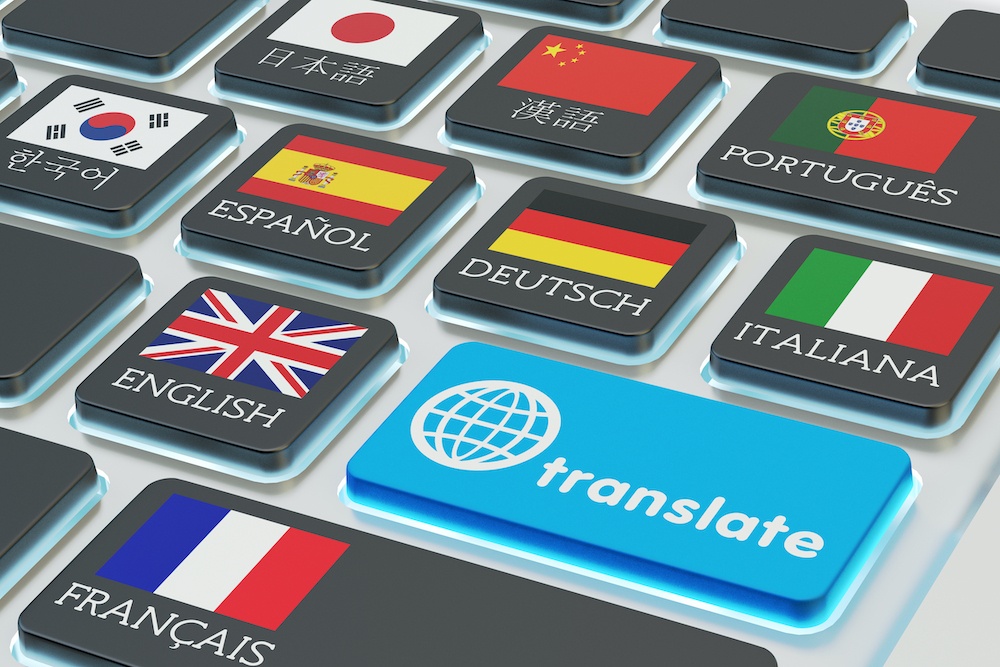Chinese Translation – Do you need Mandarin or Cantonese translation?
2nd September 2020
Imagine being asked to get a document translated into the Chinese language. Does it mean the document needs to be translated into the Mandarin or Cantonese language?
However, what many of us don’t realise is that the question to ask isn’t whether the document should be translated into Mandarin or Cantonese, but whether it needs to be translated into Traditional or Simplified Chinese. Let us explain…
The difference between Mandarin and Cantonese
Mandarin and Cantonese are the same language. They are dialects of the same Chinese language. They share the same alphabet, but they sound very different.
To put this into context, think of a British person from Bournemouth and a British person from Manchester speaking English. They both speak English but with very different regional dialects (or accents) making them sound very unalike.
Similarly in China, a person living in Hong Kong will speak with a Cantonese dialect and a person living in Beijing (or elsewhere on the mainland) will speak with a Mandarin dialect.
This doesn’t mean that people from Hong Kong and Beijing can understand each other perfectly. Though Hong Kong residents are now learning Mandarin as a second language, they will, for the most part, not speak the language.

Where are Mandarin and Cantonese spoken?
Mandarin is the official language of China and the primary spoken language in much of the country, including Beijing and Shanghai. Mandarin is also the main dialect in Taiwan and Singapore. It is being taught in schools and used on national TV and radio.
Cantonese is used by people living in Hong Kong, Macau and the Guangdong province, including Guangzhou. It’s worth mentioning that most foreign communities in London and San Francisco speak Cantonese because, historically, Chinese immigrants come from Guangdong.
There are also many other regions in China where regional languages are still in use. These people will most likely have a lack of knowledge of Mandarin. These regions include, but are not exclusive to Shanghai (a dialect known as Shanghainese), Tibet, and the northern regions near Mongolia, Korea and Xinjiang.
If you are travelling to China for business or holiday and are wondering which dialect to learn, we would always advise learning Mandarin, as at the end of the day, it’s the official language. Even if you travel to Cantonese speaking regions, you will be able to communicate in Mandarin. People have had to learn It in order to do business with China.
Simplified and Traditional Chinese
There is a common misconception that Simplified Chinese corresponds to Cantonese and Traditional Chinese to Mandarin, or the other way around.
However, there is no direct relationship between the two. Mandarin and Cantonese are dialects, while Simplified Chinese and Traditional Chinese are two different ways of writing Chinese, both with different kinds of symbols and characters.
Simplified Chinese was introduced in 1949 to help Westerners understand the language and Chinese characters. This not only helped us learn the Chinese language quicker, but also increased levels of literacy throughout China.
Simplified Chinese was widely adopted in the mainland and Singapore. Meanwhile, in Hong Kong and Taiwan people continued to read and write in Traditional Chinese.
Both of these languages are constantly evolving, so if you are looking for translation, you will need an experienced translator to get the job done properly.
Your choice of language will widely depend on the target audience. If your audience is based in Singapore, then Simplified Chinese is the language to choose. If you are targeting an audience in Hong Kong, you should consider Traditional Chinese as your target language.
Get in touch with us if you have any questions or need help with Chinese Translation.
